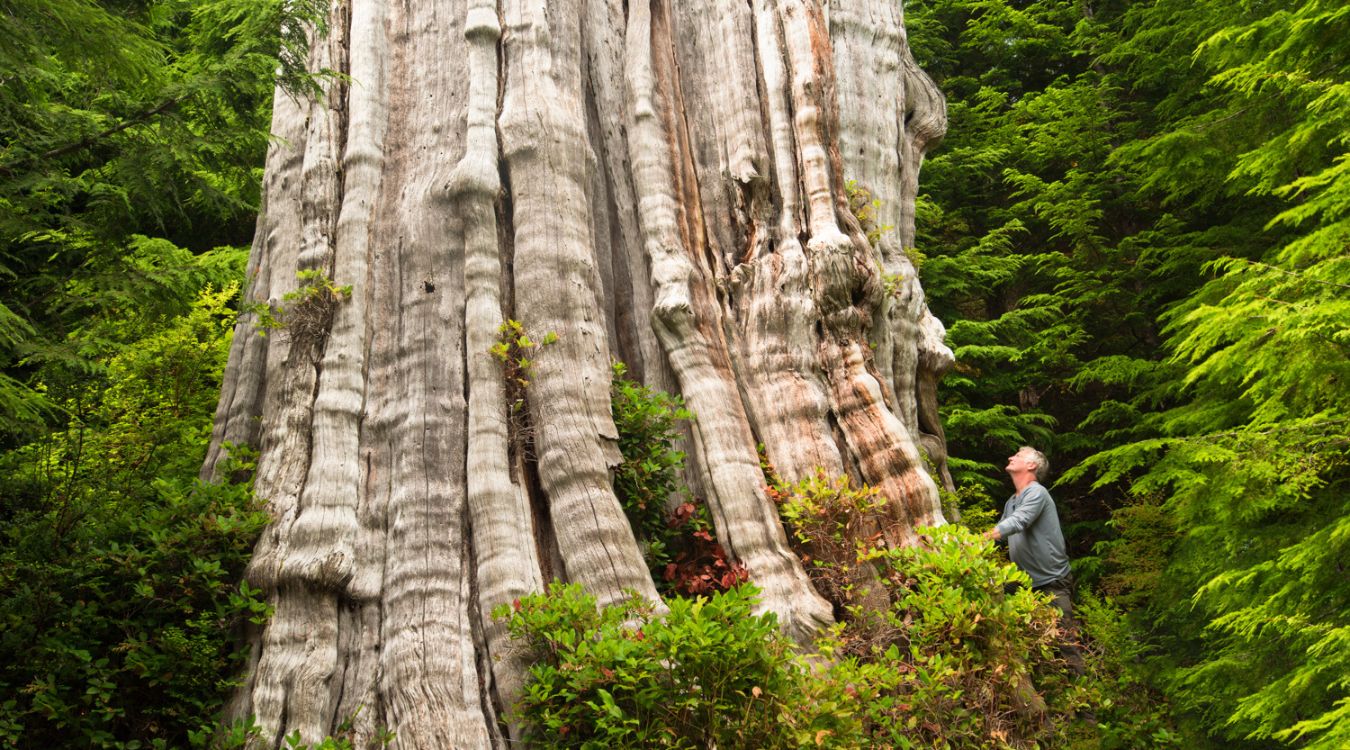Secrets Of Twisted Cedar Snags In Olympic National Park

Have you ever wondered about the twisted cedar snags in Olympic National Park? These unique trees, with their gnarled and spiraled trunks, tell a fascinating story of nature's resilience. Found throughout the park, these ancient cedars have withstood harsh weather, fires, and time itself. Their twisted forms are not just visually striking but also serve as a reminder of the forest's dynamic history. Whether you're a seasoned hiker or a curious visitor, these snags offer a glimpse into the park's rich ecological tapestry. Ready to learn more about these natural wonders? Let's dive into the secrets behind these twisted giants.
Mysteries of Twisted Cedar Snags
Olympic National Park is a treasure trove of natural wonders. Among its many marvels, the twisted cedar snags stand out. These ancient, gnarled trees tell stories of time, weather, and resilience. Let's uncover the secrets behind these fascinating formations.
What Causes the Twisting?
The twisted shapes of cedar snags are not random. They result from a combination of environmental factors and the tree's natural growth patterns. Here are some key reasons:
Wind: Strong, consistent winds can cause trees to twist as they grow. The wind's force shapes the tree over decades, creating the iconic spiral pattern.
Snow Load: Heavy snow can bend and twist young trees. As they grow, the trees retain these shapes, leading to the unique forms seen today.
Genetics: Some trees have a natural predisposition to twist. This genetic trait, combined with environmental factors, results in the distinctive snags.
Where to Find Twisted Cedar Snags
Olympic National Park is vast, but certain areas are known for their twisted cedar snags. Here are some prime spots to witness these natural sculptures:
Hoh Rainforest: This lush, green paradise is home to many twisted cedar snags. The combination of moisture, wind, and dense forest creates perfect conditions for these trees.
Sol Duc Valley: Known for its hot springs, this valley also boasts numerous twisted cedars. The unique climate and terrain contribute to the trees' unusual shapes.
Quinault Rainforest: Another rainforest in the park, Quinault offers a different perspective on twisted cedars. The diverse ecosystem here supports a variety of tree forms.
The Role of Twisted Cedar Snags in the Ecosystem
These twisted trees are more than just a visual spectacle. They play a crucial role in the park's ecosystem. Here's how:
Habitat: Twisted snags provide shelter for various wildlife, including birds, insects, and small mammals. Their unique shapes create nooks and crannies perfect for nesting.
Nutrient Cycling: As these trees decay, they release nutrients back into the soil. This process supports new plant growth and maintains the forest's health.
Biodiversity: The presence of twisted snags adds to the park's biodiversity. Different species rely on these trees for food, shelter, and breeding grounds.
How to Safely Explore Twisted Cedar Snags
While exploring these natural wonders, it's essential to respect the environment and stay safe. Here are some tips:
Stay on Trails: Stick to designated paths to avoid damaging the delicate ecosystem. This also helps prevent getting lost in the dense forest.
Pack Essentials: Bring water, snacks, and a map. Weather can change quickly, so be prepared for rain or sudden temperature drops.
Respect Wildlife: Observe animals from a distance. Avoid disturbing their natural habitats, especially around the twisted snags where many creatures live.
Capturing the Beauty of Twisted Cedar Snags
Photographing these unique trees can be a rewarding experience. Here are some tips to capture their beauty:
Lighting: Early morning or late afternoon light creates dramatic shadows and highlights the twists and turns of the snags.
Angles: Experiment with different angles to showcase the tree's unique shape. Get low to the ground or shoot from above for a fresh perspective.
Context: Include surrounding elements like moss, ferns, or other trees to provide context and enhance the composition.
The Cultural Significance of Twisted Cedar Snags
For the indigenous peoples of the Pacific Northwest, these trees hold cultural and spiritual significance. They are often featured in stories, art, and traditional practices. Understanding this cultural context adds depth to the appreciation of these natural wonders.
Storytelling: Many indigenous stories feature twisted cedars as symbols of resilience and strength. These tales are passed down through generations, keeping the cultural heritage alive.
Art: Twisted cedar snags inspire traditional and contemporary art. Carvings, paintings, and sculptures often depict these unique trees, celebrating their beauty and significance.
Traditional Practices: The wood from these trees is used in various traditional practices, from building to crafting tools. The twisted grain adds strength and character to the finished products.
Embrace the Mystique of Twisted Cedar Snags
Twisted cedar snags in Olympic National Park offer a unique glimpse into nature's artistry. These ancient trees, shaped by wind, weather, and time, create an enchanting landscape that captivates visitors. Exploring these natural sculptures provides a deeper connection to the park's rich ecosystem and history.
Whether you're an avid hiker or a casual nature lover, the twisted cedar snags are a must-see. They remind us of the resilience and beauty found in nature. Next time you visit Olympic National Park, take a moment to appreciate these remarkable trees. Their twisted forms tell stories of survival and adaptation, making your adventure even more memorable.
So, lace up your hiking boots, grab your camera, and immerse yourself in the mystique of the twisted cedar snags. Your journey through this natural wonder will leave you inspired and in awe.

